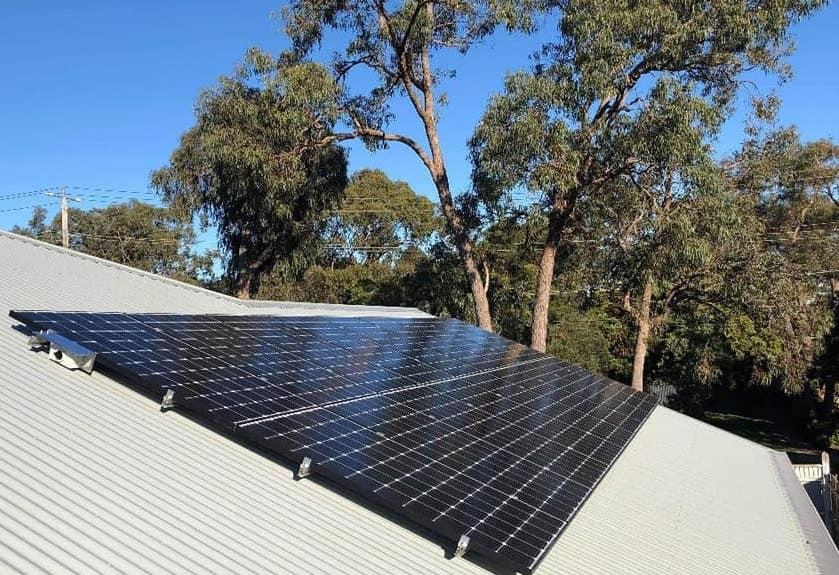The popularity of solar power continues to grow in Australia, with more than two million or 21% of Australian households now having solar PV on their roofs.
Besides reducing greenhouse gas emissions and saving the environment, most consumers choose to install solar with the primary goal of saving money on their energy bills.
Unfortunately, not many seem to enjoy the full economic benefits of solar, so it’s therefore important to know how to maximise your solar self-consumption.
What is solar self-consumption?
Solar self-consumption means you use your own solar energy production to run devices and appliances within your home. This automatically happens when you turn on appliances while your solar system is producing energy during daylight hours.
Any solar energy that is not used during daylight hours may be sent to the grid, but this does not benefit the household.
Ideally, any solar system owner will aim to achieve 100% self-consumption, fulfilling all household energy needs through solar with little to no need to draw from the grid.
Why should you maximise solar self-consumption?
Consuming your own solar power is cheaper than buying electricity from utility companies.
Excess power generated from a solar system may be sent to the grid, but current solar feed-in tariff rates in Australia are very low, so there is no money to be made from sending excess power to the grid.
This means solar self-consumption is the most effective way to reduce your power bills and increase savings.
How do you maximise solar self-consumption?
To help you make the most out of your solar system, here are some ways to maximise your solar energy:
Check your energy usage
The first thing you need to do is to check your energy production and consumption. You need to know how much energy your solar system produces, how much electricity your household uses in a day, and the amount of power you consume from the grid.
It is also important to track the time of day when you produce the most power and when you consume the most electricity. The higher the overlap, the better, as it means you are drawing less power from the grid.
Run appliances during the day
The key to maximising solar self-consumption is in the timing of your energy use.
Household appliances such as washing machines, clothes dryers, and dishwashers are heavy electricity users.
By running these appliances during the day when your solar system is producing power, you won’t be drawing power from the grid to run the appliances at night. It will make a big difference financially.
If you aren’t home during the day, consider using timers or check if the appliance has a feature to delay start.
Pool pumps and hot water systems should also be set to run automatically during day light hours. Even charging your phones and laptops during the day will make a difference to your overall consumption.
Use solar for your garden
Don’t forget to use your solar power for the garden too. Gardening tools and garden features that run off electricity, such as lawn mowers, hedge trimmers, garden lights, automatic irrigation systems or sprinklers can be charged or run during the day to increase your self-consumed energy.
Invest in solar batteries
Batteries are a great option for storing the extra energy produced for later use. The electricity stored can be used during the night or when your panels are not producing power, such as on rainy or cloudy days. Solar batteries also work as a great back-up source of power if the electric grid goes down.
However, solar batteries can be expensive, and may not be suitable for every system. To find out if your home can benefit from solar batteries, speak to our team.
It may not be easy to achieve 100% solar self-consumption, but these tips will certainly help you move closer to the goal and be less reliant on the grid.
For more information about top quality solar PV panels, inverters and solar batteries in Melbourne, please get in touch with Total Solar Solutions today.


